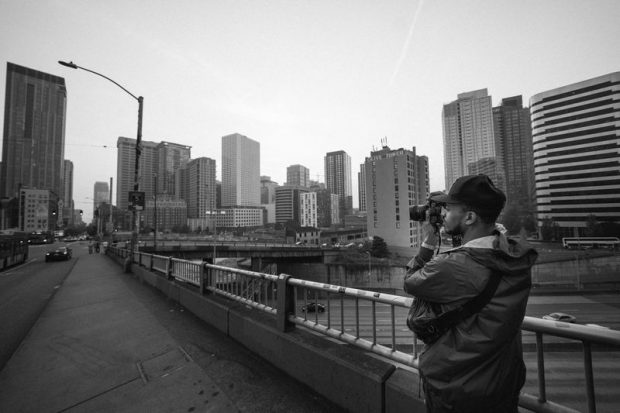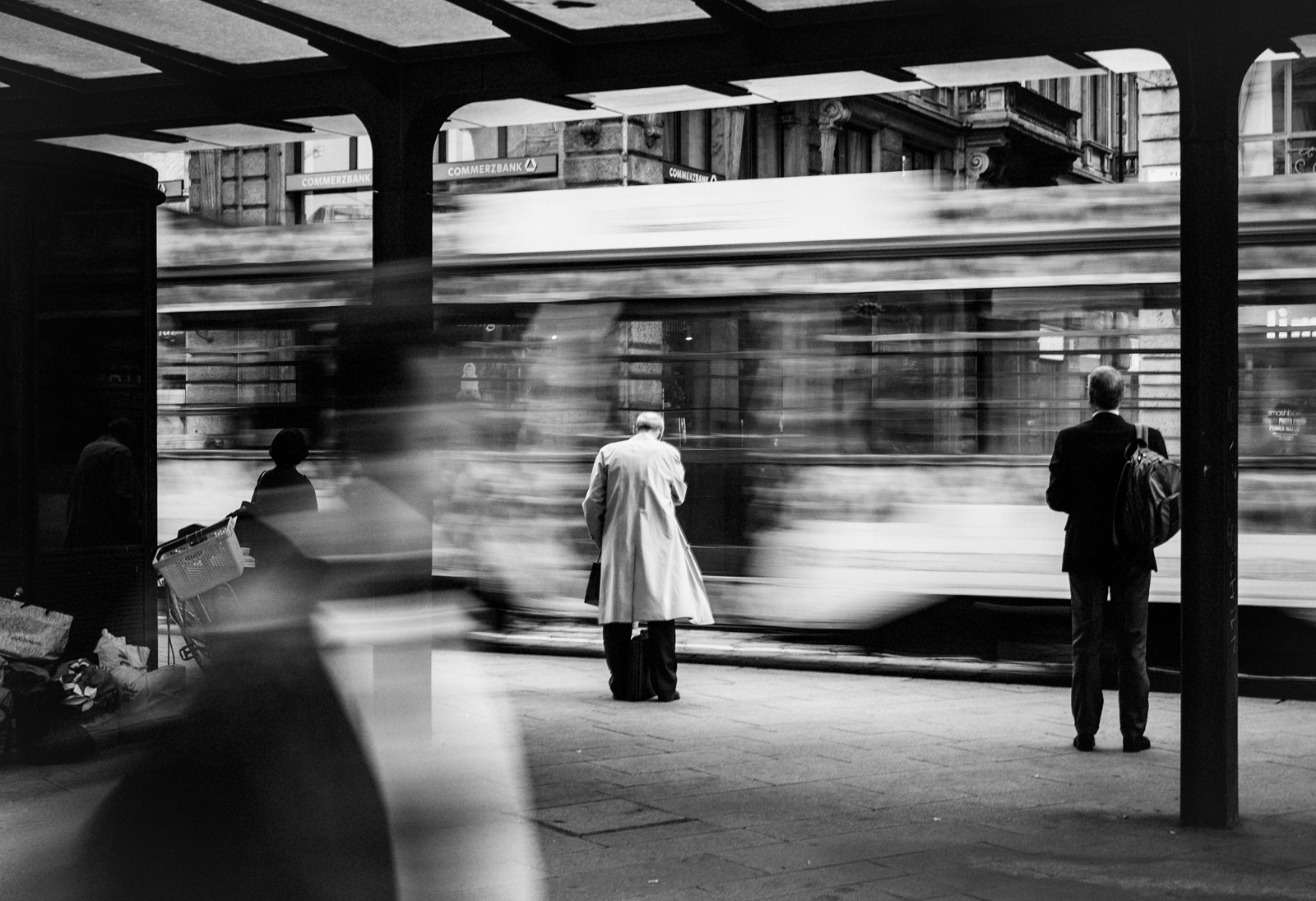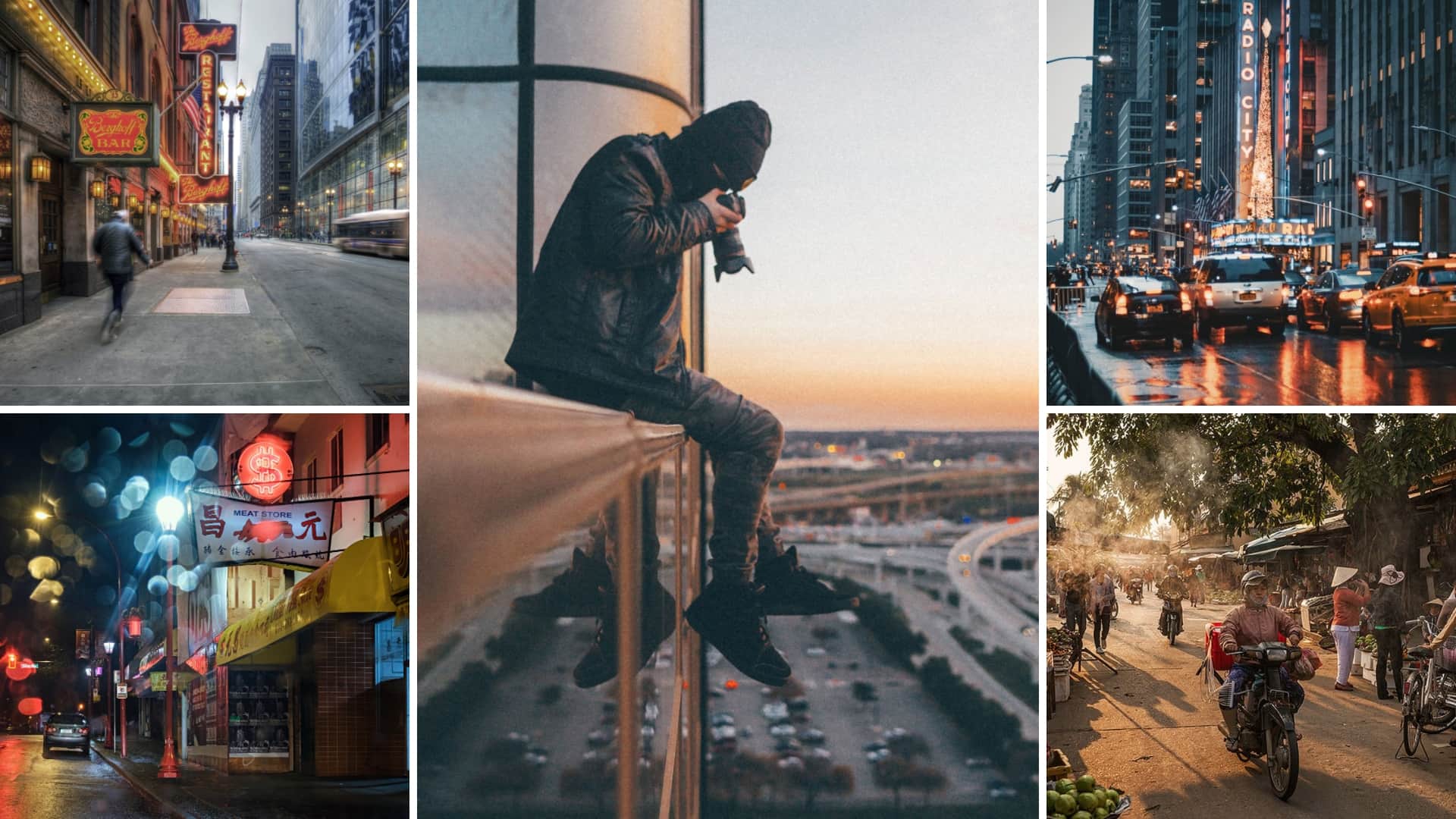The 8-Minute Rule for Framing Streets
Wiki Article
Not known Details About Framing Streets
Table of ContentsThe Ultimate Guide To Framing StreetsThe Facts About Framing Streets RevealedThe smart Trick of Framing Streets That Nobody is DiscussingWhat Does Framing Streets Do?4 Easy Facts About Framing Streets DescribedFraming Streets - An Overview
Photography category "Crufts Pet dog Program 1968" by Tony Ray-Jones Street digital photography (additionally often called honest photography) is photography performed for art or inquiry that features unmediated possibility experiences and random cases within public places, usually with the purpose of recording pictures at a definitive or poignant moment by cautious framing and timing. 
, that was inspired to take on a comparable documents of New York City. As the city created, Atget aided to promote Parisian roads as a worthy subject for photography.

The smart Trick of Framing Streets That Nobody is Talking About
Martin is the very first recorded photographer to do so in London with a masked cam. Mass-Observation was a social research study organisation founded in 1937 which aimed to tape-record daily life in Britain and to videotape the responses of the 'man-in-the-street' to King Edward VIII's abdication in 1936 to wed separation Wallis Simpson, and the succession of George VI. The principal Mass-Observationists were anthropologist Tom Harrisson in Bolton and poet Charles Madge in London, and their first record was generated as guide "May the Twelfth: Mass-Observation Day-Surveys 1937 by over 2 hundred onlookers" [] Window cleaner at Kottbusser Tor, Berlin, by Elsa Thiemann c. 1946 The post-war French Humanist College photographers located their subjects on the street or in the diner. In between 1946 and 1957 Le Groupe des XV yearly showed job of this kind. Andre Kertesz. Circus, Budapest, 19 May 1920 Road digital photography created the significant material of two exhibitions at the Museum of Modern Art (Mo, MA) in New york city curated by Edward Steichen, 5 French Professional Photographers: Brassai; Cartier-Bresson, Doisneau, Ronis, Izis in 1951 to 1952, and Post-war European Photography in 1953, which exported the concept of road digital photography worldwide.
Rumored Buzz on Framing Streets
, after that an instructor of young youngsters, linked with Evans in 193839.'s 1958 publication,, was substantial; raw and usually out of focus, Frank's images examined mainstream photography of the time, "challenged all the formal policies laid down by Henri Cartier-Bresson and Walker Evans" and "flew in the face of the wholesome pictorialism and sincere photojournalism of American publications like LIFE and check this site out Time".Report this wiki page